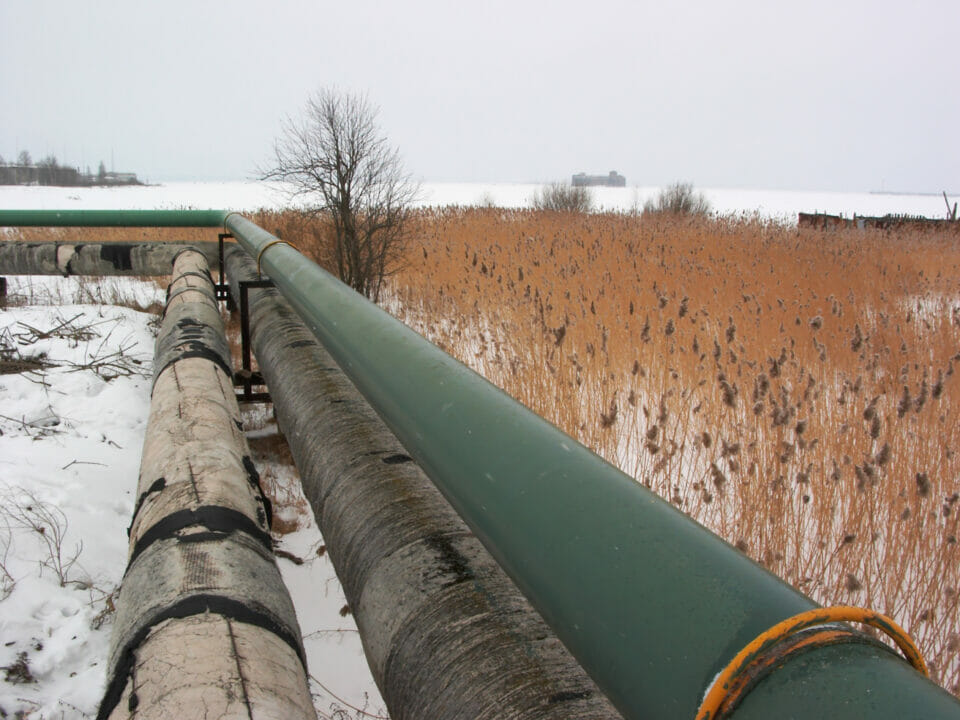
Holiday Bonus Episode: Safety Tips You Need This Season | Risk Matrix Episode 122
THE RISK MATRIX Cutting-edge podcast on occupational safety and risk management. Hosted by industry titans: JAMES JUNKIN, MS, CSP, MSP,…
A new rule recently released from PHMSA expands safety and reporting requirements for operators of gas gathering pipelines, including 425,000 miles of lines that were previously unregulated.

A new rule recently released from PHMSA expands safety and reporting requirements for operators of gas gathering pipelines, including 425,000 miles of lines that were previously unregulated.
The newly targeted pipelines were traditionally low-pressure lines in rural areas and considered low risk. Today, with increased fracking, the pressure in these lines has increased significantly, and the risks are now similar to larger transmission lines.
The new rule goes into effect later this month — and organizations will have to take steps to stay in compliance. To remain compliant, oil and gas companies with gas gathering pipelines will have several benchmarks to meet, including:
While the annual reporting component of this regulation won’t be required until March 2023, businesses will want to create policies and procedures on tracking now to achieve future compliance. However, incident reporting is required for events occuring after May 16, 2022.
With the deadline fast approaching, however, oil and gas organizations should consider these best practices as critical steps to tackle now:


THE RISK MATRIX Cutting-edge podcast on occupational safety and risk management. Hosted by industry titans: JAMES JUNKIN, MS, CSP, MSP,…

THE RISK MATRIX Cutting-edge podcast on occupational safety and risk management. Hosted by industry titans: JAMES JUNKIN, MS, CSP, MSP,…
We’ll send you practical and insightful supply chain risk management info that can benefit your business. Plus, important company updates that keep you in the loop.
